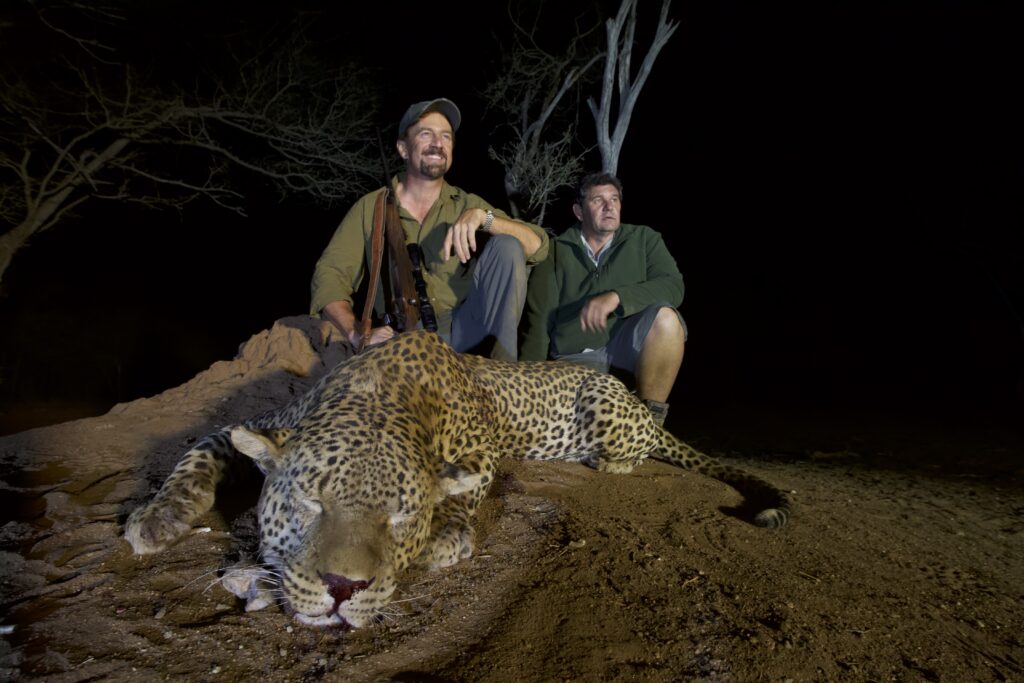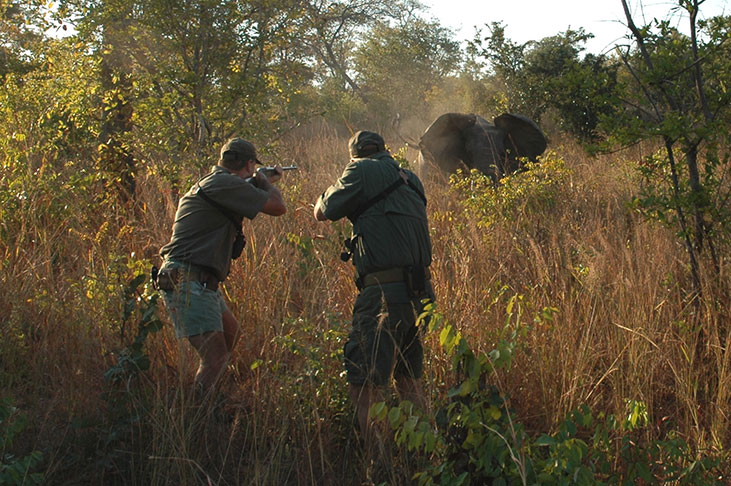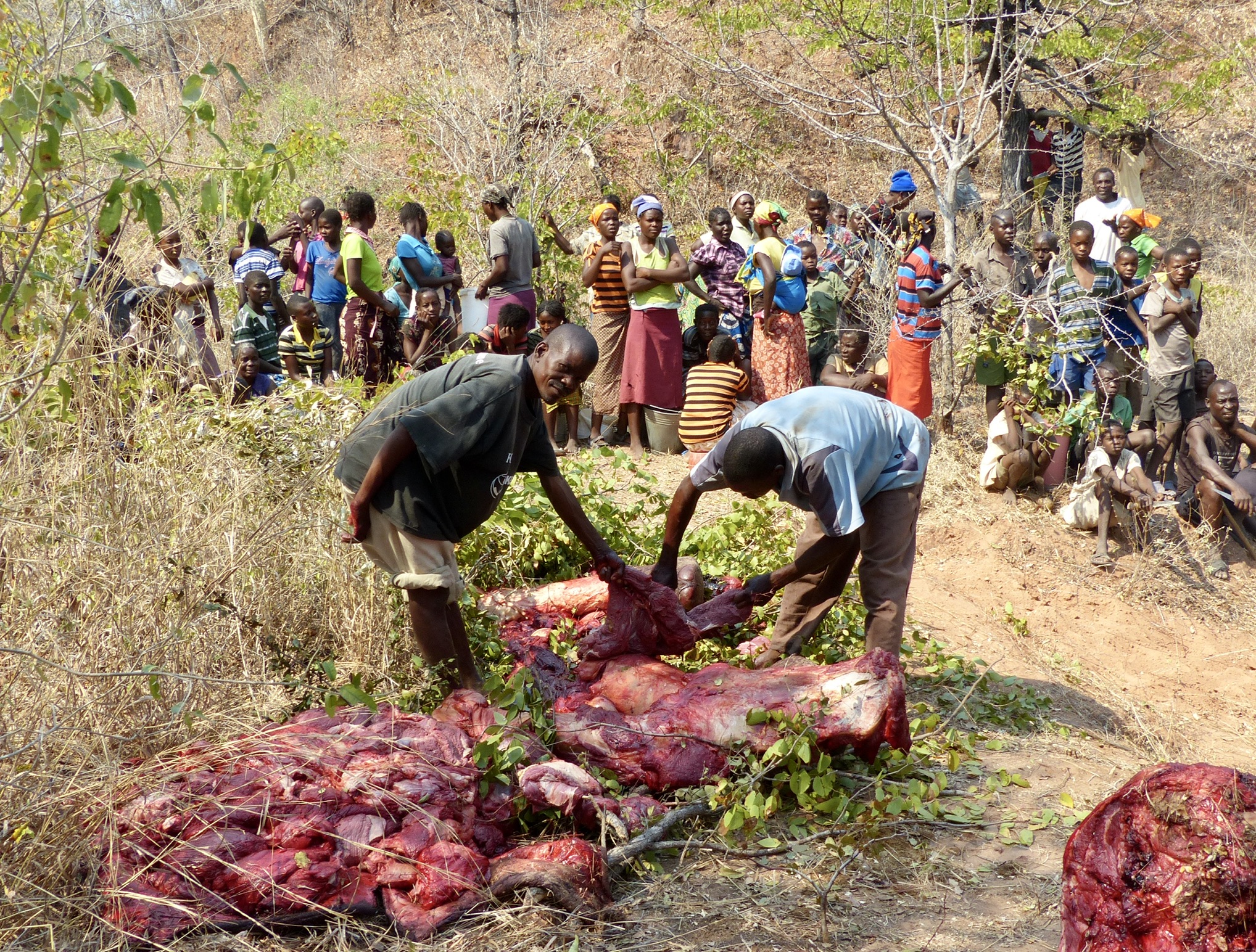By Michael Coppersmith and Linley Bishop of Coppersmith Global Logistics
A group of SCI members recently contacted Barbara Crown at SCI’s Hunter Information Service to assist them when their trophy shipment was refused by authorities and returned to the country of origin. The issues were caused due to the documentation and a co-mingling of trophies for multiple hunters in one crate. Having seen the same issue with shipments from multiple regions around the world, Crown reached out to Coppersmith Global Logistics to provide SCI members with a primer on current requirements for trophy shipments and help both hunters and their outfitters avoid costly complications.
As with hunting travel, importing hunting firearms, and other aspects of international hunting, international trophy shipments have become more complicated due to continually evolving regulations and logistical challenges. The range of requirements makes it easy for international hunters to make a simple mistake that can cost them thousands of dollars and ruin a trip. Fortunately, a bit of knowledge beforehand can save time, money and anxiety. Here are some details to help hunters prepare their trophy shipments and avoid the latest pitfalls.
The first thing hunters must know is that several government agencies are involved when importing wildlife products, no matter where in the world they are going. Trophies are subject to inspection by authorities overseeing customs, wildlife regulations and trafficking, and domestic agriculture and animal husbandry. In the United States that would be the U.S. Fish & Wildlife Service (FWS), US Customs and Border Protection (CBP), and the US Department of Agriculture (USDA).
If trophy shipments contain primate species, inspection may also be required by the Centers for Disease Control (CDC). Each agency is looking for specific documentation to ensure the shipment meets current regulations. Any missing or conflicting forms or information can cause unnecessary and costly delays or require the shipment to be returned to the country of origin at the hunter’s expense.
In the US, each agency has a specific role, with CBP serving as a “quarterback” of sorts. CBP and FWS are law enforcement agencies, while CBP/Agriculture and USDA ensure compliance and safety against invasive pests and diseases.
To avoid complications, here is a rundown of what every hunter must know when shipping trophies home:
What to Provide your Hunting Operator to Arrange your Trophy Shipment
- Provide your full legal name for a hunting license and all documentation.
- Port of Entry. Select a FWS Designated Port of Entry in the closest proximity to the final delivery destination. (Not every international airport has an onsite FWS presence.)
- Select a customs broker where you will receive the trophies and provide their name and contact information. A customs broker will arrange the clearance formalities with all applicable government agencies.
What to Provide the Shipping Agent Preparing your Shipment
- Your selected FWS Designated Port of Entry in closest proximity to the final delivery destination, whether that be the U.S. taxidermist (for unprocessed trophies) or your residence (for processed trophies).
- Provide the full name and contact details of your preferred customs broker handling the clearance arrangements.
- Put the agent shipping your trophies in touch with the customs broker receiving your shipment so they can correspond and make sure all required documents and logistics are in order.
- Provide all requests in writing and be specific if there are special instructions of any kind that need to be transparent to all parties involved. Keep copies of all correspondence.
Documentation – What Documents Must Accompany Your Shipment and Who is Responsible for Them
- CITES permits, export permits, and other export documentation are usually prepared by the shipping agent. Many taxidermists, however, also prepare CITES and export documentation. Veterinary certificates are usually prepared by the taxidermist, and hunting license copies are provided by the outfitter.
- Items and wildlife parts in the shipment must exactly match the descriptions on the documents.
- Descriptions should clarify the state of trophies (finished skulls; dried skins; tanned skins; fully mounted) to avoid unnecessary delays with USDA.
- Pay attention to documentation and check for incorrect information or typos. Do not assume there are no errors or that another party will be responsible for incorrect information. As the Importer of Record, you are responsible and liable for the documentation and information delivered to CBP, FWS and any other partner government agency.
Special Trophies – What to do When Trophies include Swine and Primates
- Decide whether to tan, finish or mount before shipment.
- Have the shipping agent clearly describe the state of the items on the documents.
- Work with your customs broker to arrange for a USDA-approved taxidermist to receive your trophies before the trophies arrive.
Understanding Charges – Who Gets Paid for What; How Shipping Charges are Compiled
- Generally, fees paid for your hunt do not include any post-hunt costs, such as dip and pack or taxidermy services and crating/packing, which are paid to the foreign taxidermist. Some taxidermists do not pack and crate trophies for international shipping. In these instances, the shipping agent (freight forwarder) arranges packing and crating for export.
- Trucking costs, permit fees, documentation prep fees, origin warehousing, and origin export customs clearance, international air or ocean freight are collected by the shipping agent.
- Import clearance, airline handling fees, FWS inspection fees, handling fees, inspection fees, storage and trucking are all costs incurred once trophies arrive in the U.S.
- International air freight costs are assessed on what’s called chargeable weight (a mathematical equation used to determine volume weight) or actual weight, whichever is greater. Ocean cargo costs for any single shipment that is less than a full container are assessed on weight or measure, whichever is greater. Market conditions, seasonal variances and fuel costs are some contributing factors affecting transportation costs.

Shipping Options – Air Versus Ocean Freight
- Air Freight: Pros – Fastest transit time. Less handling. Less unknown charges. Cons – Most expensive. Also, most airlines allow only 24 hours of free storage time before charging daily storage fees (currently around $ 160 a day minimum at most ports).
- The base air freight rate charged is calculated by multiplying the actual or chargeable weight (whichever is greatest) by the air freight rate. For example: 125 kg x $6.50 = $812.50. Some air rates are inclusive of fuel and security surcharges, however, not always. Quotes received from the origin shipping agent usually indicate both weight and rate details.
- Ocean Freight: Pros – Less expensive base rate. Ship larger size crates. Cons – longer transit time, limited service options, unknown charges at destination.
- Multiple shippers are consolidated into an ocean container, and all share the cost based on the weight or measure of each consignment (House BL). The rate quoted is based on a tariff rate. For example: Crate is 1.7 cbm x ocean rate $125 w/m = $212.50. This is only a base rate example – other additional charges for ocean cargo would be included in a quotation provided by the shipping agent.
Consolidated versus Commingled Shipments – The Difference and Why Commingling is Problematic
- The topic of multiple hunters packed together in one crate is becoming an ever-increasing problem for the trade because of the advanced systems and electronic platforms now utilized. Since Sept. 11, 2001, data sets and data transmissions have vastly evolved, and the way data is reported affects our supply chain and import process.
- When shipping internationally, “consolidation” is not packing multiple hunters in one crate. A better description is “commingling” hunters in a crate. Consolidation is when there are multiple entities packed separately and shipped under one conveyance or master bill of lading. Each entity is issued a unique house bill of lading that travels under the master BL. All ship together on one conveyance, but each is manifested separately and cleared by House BL. This applies to both ocean and air shipments.
- Although FWS in some U.S. ports has implemented a local port policy that hunters cannot commingle in one crate, this is generally not a FWS issue. The need for each hunter to be separately crated and manifested is because of Customs and Border Protection’s Automated Manifest System (AMS).
- AMS was implemented after 9/11. All shipments destined for the US must have advance manifest data transmitted to U.S. Customs within specific time frames before arrival. Airlines and ocean carriers are responsible for transmissions. The electronic data transmitted must match the electronic entry data transmitted for customs clearance by the customs broker for releases to properly process in Customs and the broker’s interface platforms.
- AMS requires detailed shipper and consignee information, and the system is built with a “one-to-one relationship” – meaning one shipper to one consignee. If multiple hunters are packed in one crate, only one of the hunters’ information is transmitted to customs.
- Names must match the required documentation. All trophy items in a crate must be matched to the documents of the importer, namely the hunter importing the crate and listed on the licenses and other import documents.
- Exceptions for packing multiple hunters in one crate are husband/wife and parent/minor child.
- Each hunter must provide a customs broker with a customs power of attorney allowing them to legally handle and take possession of their shipment.
Hunters following these tips are more likely to receive their trophies without any hassles, surprise charges or delays. Should anything come up, work closely and quickly with your customs broker to resolve the issues. The more time you wait, the more likely that fees and other charges will stack up.
Coppersmith Global Logistics operates a Trophy Hunting Division dedicated to servicing hunters and their trophy shipments. Visit their website at huntingtrophy.com for a list of offices and contact information. SCI members with questions about hunting travel, trophy shipments and other related issues may contact Barbara Crown at SCI’s Hunter Information Service for assistance at 520-798-4859 or email [email protected].



